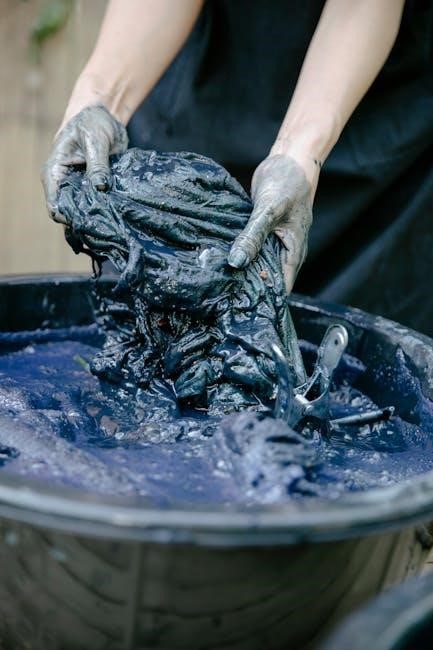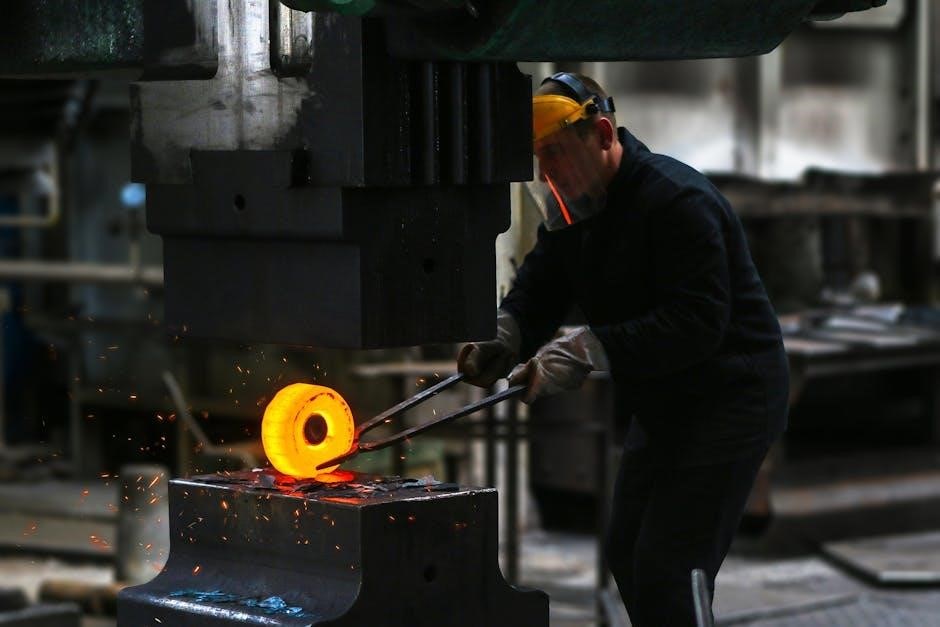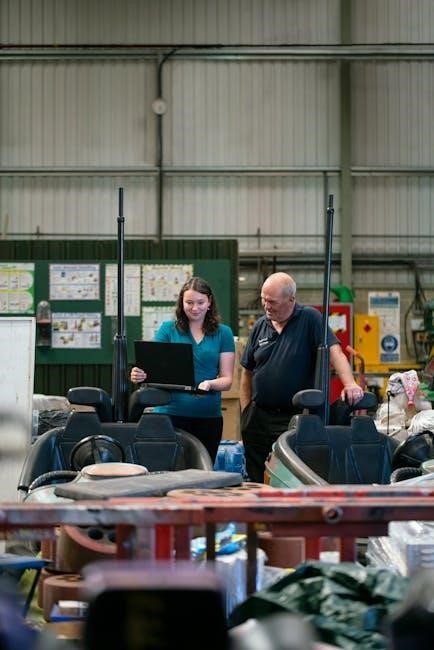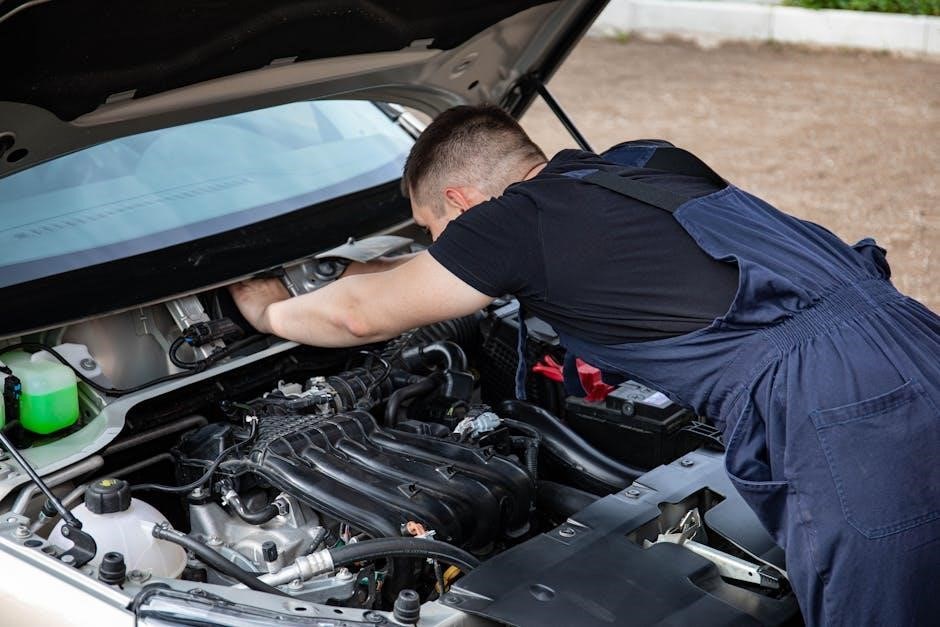
amana washing machine troubleshooting manual pdf
Amana Washing Machine Troubleshooting Guide
This comprehensive guide addresses prevalent Amana washer issues. It provides DIY fixes for various problems. Quickly diagnose and repair routine washing machine malfunctions. This guide helps identify and resolve common issues effectively. Discover solutions for smooth functioning and efficient maintenance.
Common Amana Washer Problems
Addressing common Amana washer problems ensures smooth operation. Several issues can affect your Amana washer’s performance, including the washer not starting, which often stems from power supply or control malfunctions. Another frequent problem involves the washer getting stuck on the sensing fill stage, hindering the wash cycle’s progression. Furthermore, issues with agitation or spinning can leave clothes soaked and uncleaned. Leaks can also occur, potentially causing water damage to your flooring. Unusual or excessive noises during operation may indicate mechanical problems. Lastly, drainage problems can prevent the washer from emptying water properly, leading to inconvenience and potential damage. Recognizing and addressing these common issues is crucial for maintaining your Amana washer’s longevity and efficiency. Efficient troubleshooting will ensure each load emerges fresh and stain-free.

Washer Not Starting
If your Amana washer refuses to start, several troubleshooting steps can help resolve the issue promptly. First, check the power supply by ensuring the washer is properly plugged into a functioning outlet. Verify that the circuit breaker hasn’t tripped or the fuse hasn’t blown. Next, examine the lid switch or door lock mechanism, as a faulty switch can prevent the washer from starting. Ensure the lid or door is fully closed and latched. Check the control panel for any error codes or unusual display patterns. Reset the washer by unplugging it for a few minutes and then plugging it back in. If the problem persists, consult the user manual for specific troubleshooting steps or contact a qualified appliance repair technician. Addressing these steps systematically can help identify and resolve the issue, restoring your Amana washer’s functionality.
Washer Stuck on Sensing Fill
If your Amana washer gets stuck on the Sensing Fill stage, it indicates a problem. This guide helps diagnose and resolve the issue effectively. Follow troubleshooting steps to address this common problem and restore functionality.
Causes and Solutions for Sensing Fill Issues
When your Amana washer remains stuck on “Sensing Fill,” several factors could be responsible. A common cause is low water pressure preventing the washer from filling adequately, thus halting the cycle. Ensure that both hot and cold water supply valves are fully open and check for any kinks or obstructions in the water inlet hoses that could restrict flow.
Another potential issue is a faulty water inlet valve. This valve controls the flow of water into the machine; If it’s defective, it might not open properly, or at all. Test the valve for continuity using a multimeter. If there’s no continuity, replace the valve.
A blocked or partially clogged inlet screen can also cause this problem. This screen is located where the water hoses connect to the washer and prevents debris from entering the valve. Inspect the screen and clean it thoroughly. Finally, a defective pressure switch or sensor could be misreading the water level, preventing the washer from moving past the sensing stage. Consider replacing if faulty.

Washer Not Agitating or Spinning
When an Amana washer fills but wont actively agitate or spin, clothes soak without real cleaning. Broken drive components often need replacement. Enlist a washer repair service nearby. Getting the wash function back ensures each load emerges fresh and stain-free.
Troubleshooting Agitation and Spin Problems
The agitation cycle is crucial for cleaning, moving clothes to loosen grime. Several reasons explain why your Amana washer might fail to agitate. Examine the drive belt for wear or breakage; replace if needed. Check the agitator assembly for damage, ensuring proper connection. A worn agitator dog can hinder movement; replace if necessary.
Similarly, spin cycle issues can stem from a faulty motor or a malfunctioning lid switch. Confirm the lid switch engages correctly, allowing the spin cycle to initiate. Inspect the motor coupling for damage, replacing if broken.
If problems persist, consult a professional, considering potential electronic control board issues. These steps will help diagnose and resolve agitation and spin problems effectively. Prioritize safety by disconnecting power before inspections.

Washer Leaking Water
Washer leaks can damage flooring and require expensive repairs, so preventing them is essential. Leaks often occur where hoses connect. Ensure hoses are connected correctly and seals are intact. Address leaks promptly to avoid further damage.
Preventing and Fixing Leaks
Preventing leaks involves ensuring proper hose connections during setup. Check that all seals are intact to avoid water escaping. For drainage hoses, ensure secure placement in the drain pipe. Regularly clean the door seal, especially on front-loading machines, to prevent grime buildup that compromises the seal. Wipe the seal with a soft cloth. Damaged seals should be replaced.
Clear the lint trap regularly to prevent blockages in the drain hose. Accumulated lint, dirt, and small items can cause blockages leading to water spillage. If a blockage occurs, remove the hose and clear it using a brush or wire. These preventative measures help maintain a leak-free washer.
Washer Making Loud Noises
A noisy spin cycle indicates potential issues within your Amana washer. The primary causes include worn-out bearings, unbalanced loads, or foreign objects trapped inside. Addressing these issues promptly can reduce noise and prevent further damage.
Identifying and Resolving Noise Issues
Loud noises from your Amana washer can be alarming, but identifying the source is crucial for effective resolution. Common culprits include worn drum bearings, which often produce a grinding or rumbling sound during the spin cycle. Check for loose objects, such as coins or buttons, trapped between the inner and outer tubs. These can create rattling or clanging noises.
Unbalanced loads can also cause excessive vibration and noise; ensure the load is evenly distributed within the drum. Inspect the drive belt for wear or damage, as a frayed belt can generate a squealing sound. Finally, examine the motor coupling for signs of wear, which can lead to loud knocking noises. Addressing these issues promptly can restore quiet operation.

Drainage Problems
Is your Amana washer failing to drain properly? This issue can stem from several causes. Addressing drainage problems promptly prevents further complications. Explore common causes and effective solutions to restore proper drainage functionality to your appliance.
Causes of Drainage Issues
Several factors can contribute to drainage problems in your Amana washer. A common culprit is a clogged drain hose. Lint, debris, or small objects can obstruct the hose, preventing water from flowing freely. Another possibility is a faulty drain pump. If the pump is damaged or malfunctioning, it may not be able to effectively remove water from the tub.
A blocked drainpipe can also cause drainage issues. Check the drainpipe where the washer’s drain hose connects to ensure it is clear of obstructions. Additionally, a kinked or damaged drain hose can restrict water flow. Inspect the hose for any kinks or damage and replace it if necessary. Finally, a malfunctioning water level switch can prevent the washer from draining properly.